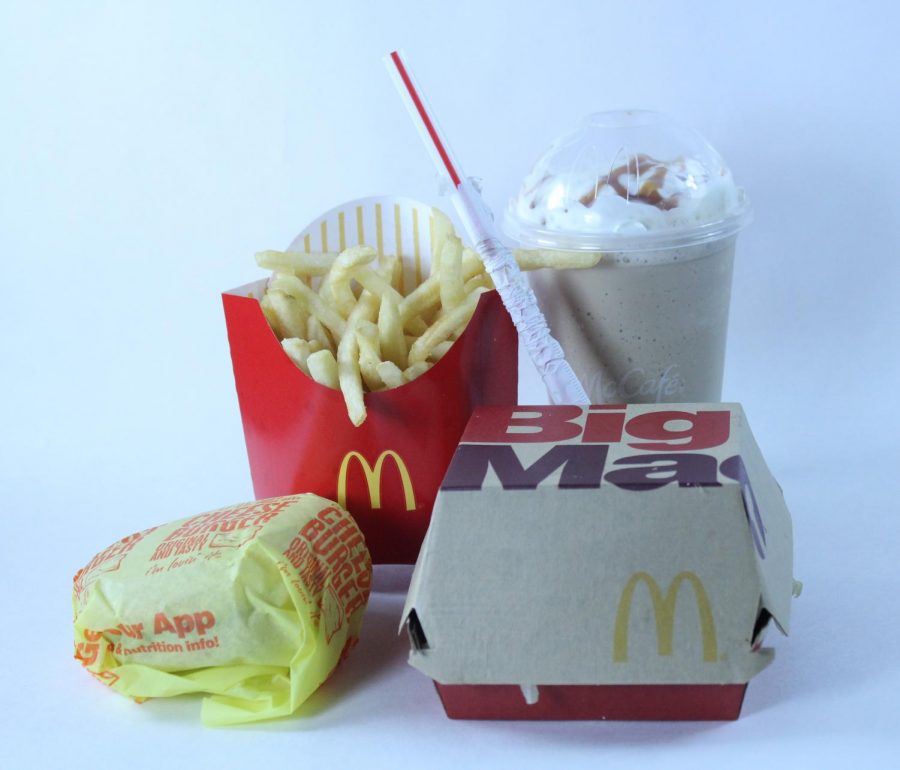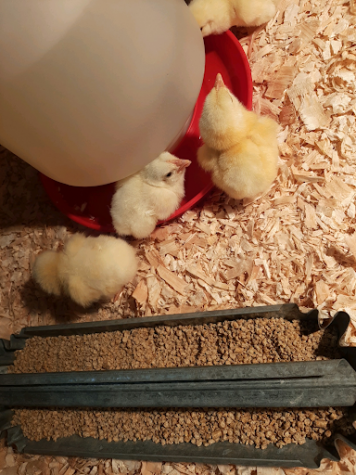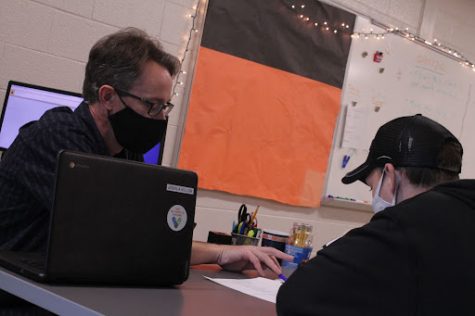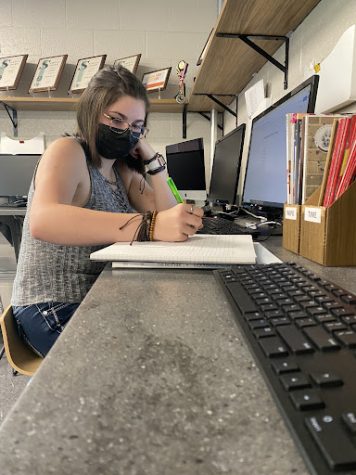Single-use plastic, the ticking time bomb
Plastic.
It is everywhere: in food, cars, phones, and now it is coming to a body of water near you.
Single use plastic is not a problem that can be thrown away. It will stick around for thousands of years, as it does not degrade like other materials.
“We are producing over 300 million tons of plastic every year, 50% of which is for single-use purposes – utilized for just a few moments, but on the planet for at least several hundred years,” according toc International, a nonprofit organization raising awareness about plastic pollution.
This plastic apocalypse is coming. It can be found in other places than just the environment.
Plastic has now been found in humans.
“Microfibers and other plastic microparticles are increasingly being documented in human tissues,” as reported by a 2019 report by the Center for International Environmental Law.
The Great Lakes have not escaped the wrath of plastic hungry consumers.
“Researchers found that nearly 10,000 metric tons — or 22 million pounds — of plastic debris enter the Great Lakes every year from the United States and Canada,” found the Rochester Institute of Technology.
The question is how does plastic get into the Great Lakes? “It usually comes from nearby sources, such as sewer pipes carrying refuse that’s been washed into street drains, washing machines that send microfibers into city treatment systems, and windblown litter from beachgoers or lakeside neighborhoods,” OnEarth’s Midwest correspondent Susan Cosier said.
No longer a simple problem of plastic bottles on the side of the road, the long lasting effects of discarded plastic in the environment are detrimental. Plastic sticks around.
Ignorance has been, and still is, a contributing factor in this growing issue far beyond aesthetics. In reality, that is just the beginning of the problem. As plastic seeps into the environment, animals start to mistake it for food and eat it.
This is a real problem: dead animals stuffed full of plastic.
That is not even where it stops. Humans eat the animals that ate the plastic.
“As for the impact of plastic debris on human health, the ruling paradigm is that in the ocean environment zooplankton eat plastics, fish eat zooplankton, humans eat fish, and thus plastic is a threat to human health,” according to a National Institutes of Health in a 2017 article.
That water ends up on our store shelves. A 2018 study by Fredonia State University of New York found that “93% of bottled water showed some sign of microplastic contamination.”









